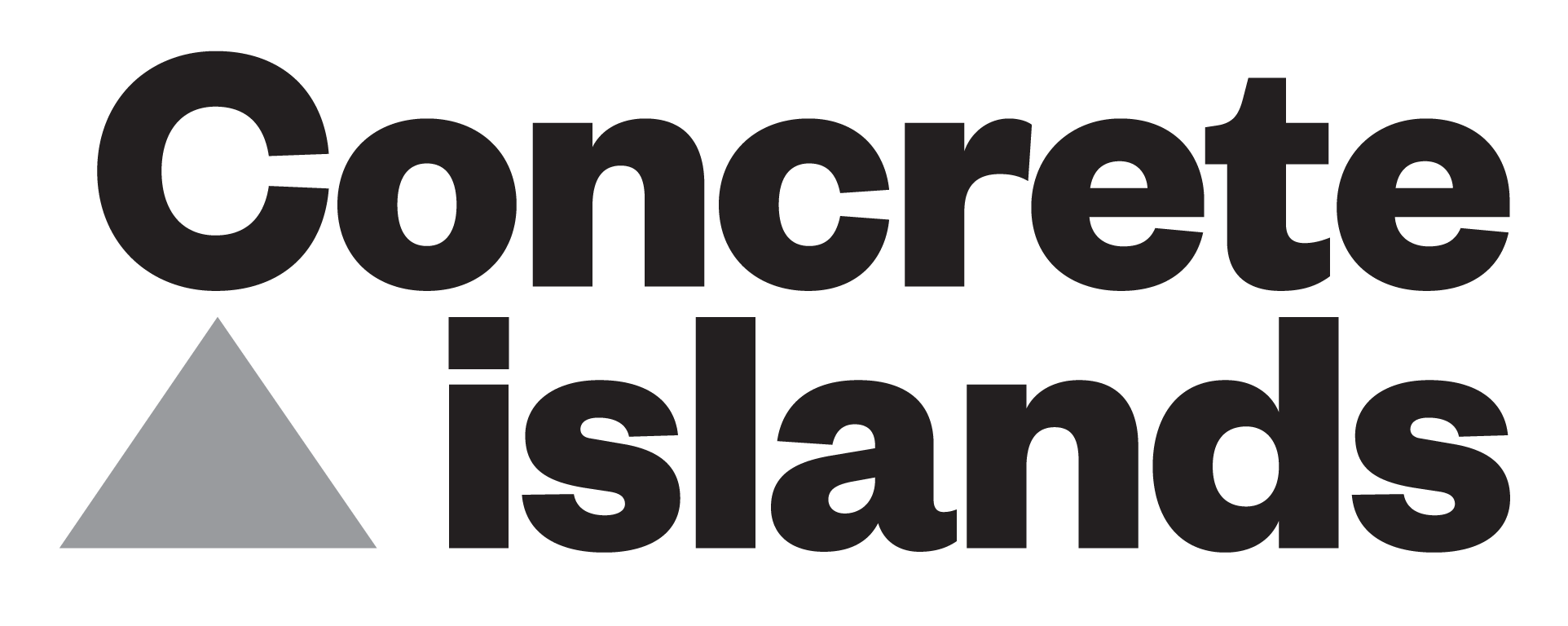Adrian Corker’s experiments with acetates on Music for Lock Grooves create an environmental music with shades of Brian Eno’s On Land and György Ligeti
“I regard this music as environmental: to be experienced from the inside.” That’s Brian Eno in the liner notes to On Land, but it seems equally apposite here. Adrian Corker’s Music for Lock Grooves is a hypnotic environmental work consisting of two tracks broken down into three distinct yet complementary pieces per side. It’s outdoors avant-garde, tactile and living, utilising instruments and acetates rather than pursuing electronic self-sufficiency. The experiments with lock grooves on acetate and the subsequent process of transferring the results back to computer give the album a decayed beauty. Corker has spent much of his career composing film and television scores (he regularly worked with Antonia Bird and is currently scoring the series Tin Star), and his narrative instincts don’t desert him while crafting more experimental output. Music for Lock Grooves sustains tones and delves into surfaces in ways which are akin to Brian Eno’s On Land. Indeed, it shares that album’s apparition-soaked sound-for-land-scapes, the inescapable feeling of wrongness just out of sight.
“Inflow pt 1” initially loops what may be described as alien control room atmosphere (with shades of early Doctor Who). It intensifies and penetrates consciousness, phantom sounds encouraging an ancient interdimensional being over the threshold (think the denouement of The Stone Tape). The piece brings to mind the BBC Radiophonic Workshop at their most abstract and inner-space-exploring. Whereas “Inflow pt 2” scrapes and plucks at keys, a brief bridging composition that nevertheless evokes, through connective tissues circling György Ligeti, the conspiracy and sexuality of Stanley Kubrick’s Eyes Wide Shut. “Inflow pt 3” pulls together the found ambience of part one with the sinister Kubrickian undercurrents of the middle part. There’s the sense of an uneasy passage down endless corridors, the more attentive the listener, the more easily they will become caught in a physical manifestation of a mental labyrinth. Think Last Year at Marienbad or perhaps Luis Buñuel’s Exterminating Angel, where the guests are inexplicably unable to leave the dinner party for days. Uncanny field recordings, a ghost orchestra on the downs, avant-garde Euro horror, labyrinthine exploration – such figures and devices are all present, real or imagined.
The narrative is re-set on side two. “Outflow pt 1” approaches with sonar pulses as an unseen creature makes tentative steps towards the source of listening. The degraded transfer of the acetate lock grooves is foregrounded here, giving off the sensation of childhood photographs which only hold meaning from being told what to remember. Then it is a walk through high reeds as in a dream on “Outflow pt 2”. Something is following, stalking peripheral visions. A discordant haunting through the looking glass emerges throughout “Outflow pt 3” and in its vinyl incarnation the needle is refused safe passage to silence. A drums-in-the-deep locked groove repeats ad infinitum instead, caught within an endless post-credits sequence to a 1970s MR James BBC adaptation. Music for Lock Grooves wanders the television edgelands with no means of escape and only horror as a companion.
- Death of the Author: Paul Auster - May 1, 2024
- Naum Gabo – F. Lux (DFA) - March 10, 2024
- Concrete Islands Albums of the Year 2023 - December 7, 2023

